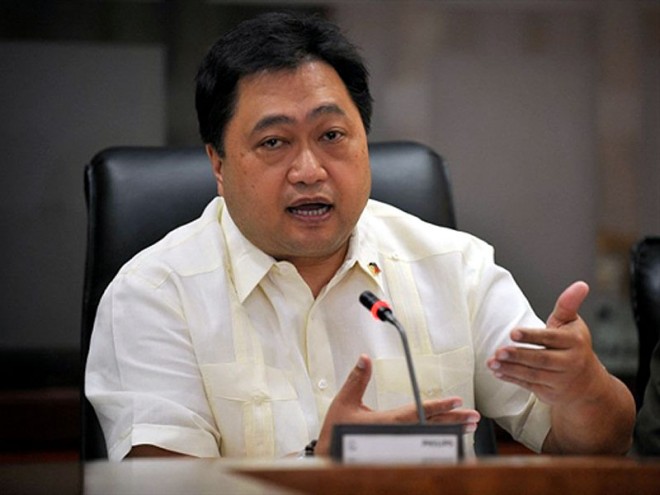THE PHILIPPINES is now in a better position to pay off its debts, according to Finance Secretary Cesar V. Purisima.
Reacting to claims by the Freedom from Debt Coalition that the Aquino administration was “the biggest borrower among post-Edsa administrations,” Purisima said the share of debt to the growing economy was “at its lowest in almost two decades.”
The coalition had said that of the country’s P6.4-trillion outstanding debt, P4.16 trillion was borrowed in the last five years.
In a statement over the weekend, Purisima countered that “using nominal figures to talk about debt is as misguided as it is disingenuously detrimental to the quality of public discourse on public finance.”
“The operative term in talking about debt is sustainability—or the ability to pay back the borrowed money. Thus, the important measurement is debt as a percentage of gross domestic product (GDP). During the Aquino administration, fiscal consolidation has led to a well-managed deficit which eased financing requirements, translating to lower growth in national government liabilities compared with the size of the economy,” said Purisima.
Purisima pointed out that the debt-to-GDP ratio dropped to 44.8 percent as of end-2015—the lowest since 1996, the earliest year with comparable data. This meant that economy expansion was faster than the increase in debt, he added.
Fastest since 1970s
The Philippine economy grew by an average of 6.2 percent during the Aquino administration, the fastest since the late 1970s, he said.
“In fact, for the first time since the early 1980s, the debt-to-GDP ratio fell below 50 percent in 2013—a far cry from the year 2004, when the ratio was at a high of 74.4 percent,” Purisima said.
The share of debt to the GDP of economic giants such as the US and Japan were much higher, at 96.1 percent in 2013 and 196 percent in 2012, respectively, he noted.
If debt of state-run corporations and government financial institutions are included, the outstanding public sector debt-to-GDP ratio stood at 55.8 percent as of end-September last year, the lowest since 1998, as well as below the 70.9 percent recorded in 2009 and the peak of 111.6 percent in 2003.
“Prudent liability management has caused interest payments as a percentage of expenditures to fall to 14.5 percent for January to November 2015, compared with the 19.3 percent spent in 2009. As a percentage of the total budget, the ratio was at 11.1 percent for 2015, in contrast with 19.1 percent in 2010. These savings imply that we have more fiscal room to spend on more productive investments in our land and people, such as infrastructure, health, education and social services expenditures,” Purisima said.
Domestic sources
The finance chief also cited the increasing reliance on borrowing from domestic sources to slash the foreign debt stock.
“In 2015, domestic debt as a percentage of the total debt stock was at 65.2 percent while foreign debt’s share stood at 34.8 percent—a marked comparison to 2010 when the mix was at 57.6 percent [domestic], 42.4 percent [external]. In terms of sustainability, total foreign debt as of 2015 only amounted to 15.6 percent of GDP, compared to 24 percent in 2009. The ratio posted in 2014, at 15.1 percent, was the lowest in comparable history,” Purisima said.
In this regard, “by virtually any sensible measure—that is to say, on indicators that matter—we are much better off today than we were six or even 18 years ago with the earliest comparable annual debt data,” he pointed out.
